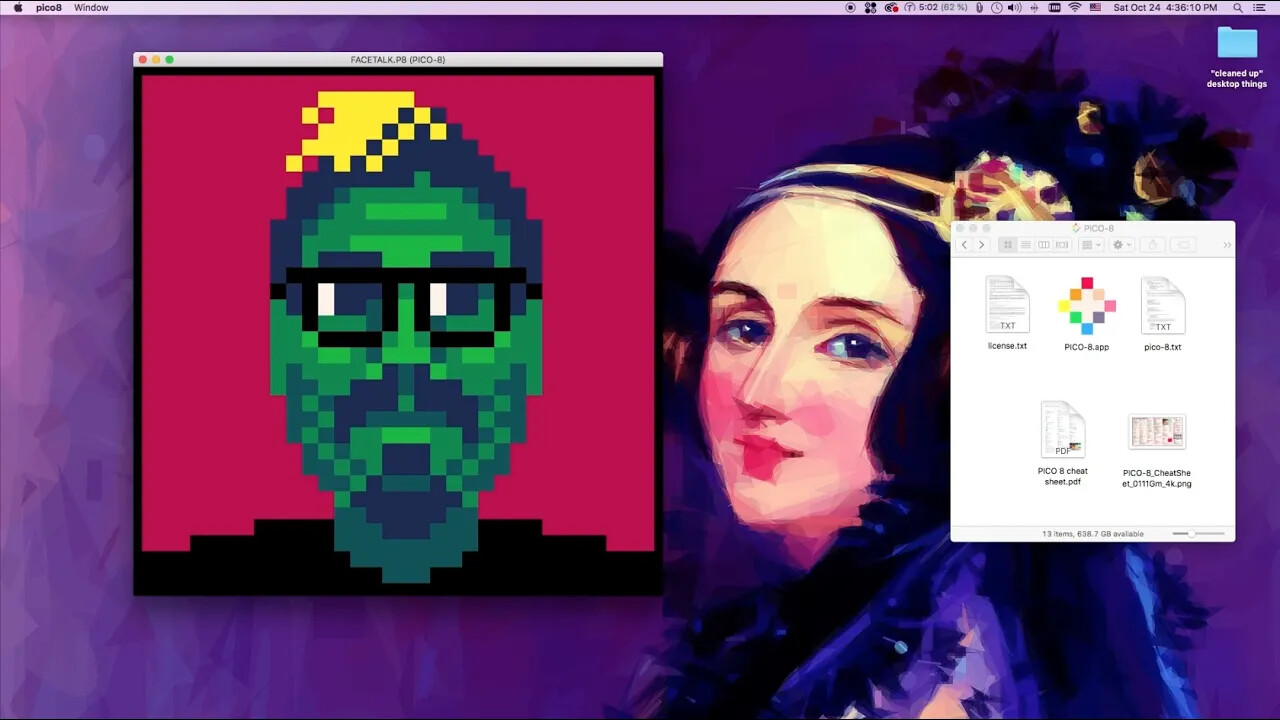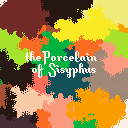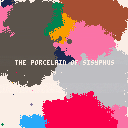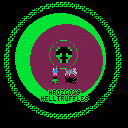
I've been using PICO-8 to introduce teens to coding the traditional way, irl, for 5 years now. I've tried a lot of different ways of doing so: thru lecturing, found tutorials, providing a lot of boilerplate and letting kids play around with changing sprites and stuff, lots of 1-on-1... but I've been thinking long and hard about how to do it better.
I teach New Media at an after school art program (saysi.org) in an open studio environment that only superficially resembles a classroom. Students are a mix of teens of all ages and proficiencies and they do very little listening to instructors lecture and a lot of making stuff.
My students play games and dunning-kruger-ly imagine themselves capable of making them, but can be simultaneously terrified of anything that smells of math and can quickly get discouraged with the slightest bit of friction.
My ideal tutorial would introduce them to coding one concept at a time, but empower them to make creative doodles every step of the way, with whatever knowledge they've collected thus far. It would also free me from lecturing and allow me to do more troubleshooting and 1-on-1 in the studio. Not finding anything like that, I started my own little series. I have been putting them on Youtube for others to hopefully benefit from!


The Porcelain of Sisyphus is the zen ocd music art germ game of 2021! Enjoy a li'l hell.
Featuring awesome musical stylings of @yeenmachine
Hold down ❎ to bleach the culture, 🅾️ to display the title (and sprinkle more grody pixels on the porcelain).


Hey y'all, I'm gonna use this thread as my rubber ducky while I flail around figuring stuff out. Hopefully someone here has insight or I am missing something simple and solvable...
I've been trying to create the audio atmosphere where button being held down (x) turns on an otherwise muted music track. In theory this seemed easy. I feel like I am always one step away from a graceful solution, but keep making a mess.
I have created the function squeak(voil) that goes through the music memory and peeks and pokes its way to mute and unmute (aka voil) the particular channel on key press. This only works for the NEXT pattern however and not for the current pattern playing.
Alright, well, since I'm doing the peeking, I know the sfx that is supposed to be playing on the heretofore muted channel. I can just run an sfx call, offset by stat(20)—and then when the music call rolls over to the next pattern, the newly unmuted channel will just take over and everything will loop fine from that point on forever, but the music tag doesn't take over from the sfx.

Built on top of the Collide demo, Hrozgo's Helltruffles started life as a Zelda-like adventure game engine for my class to use and build upon. It has since ballooned in scope and complexity a bit into its own thing worth finishing. I am posting it here in a not very well commented state because it is almost a pretty solid framework that others could use to tell little stories.
Ask if you have any questions about what is going on in the code! Note that collisions are currently turned off but are there and can be made to work if you want them to...
It's practically entirely coded and put together on a pocketCHIP.








 2 comments
2 comments





